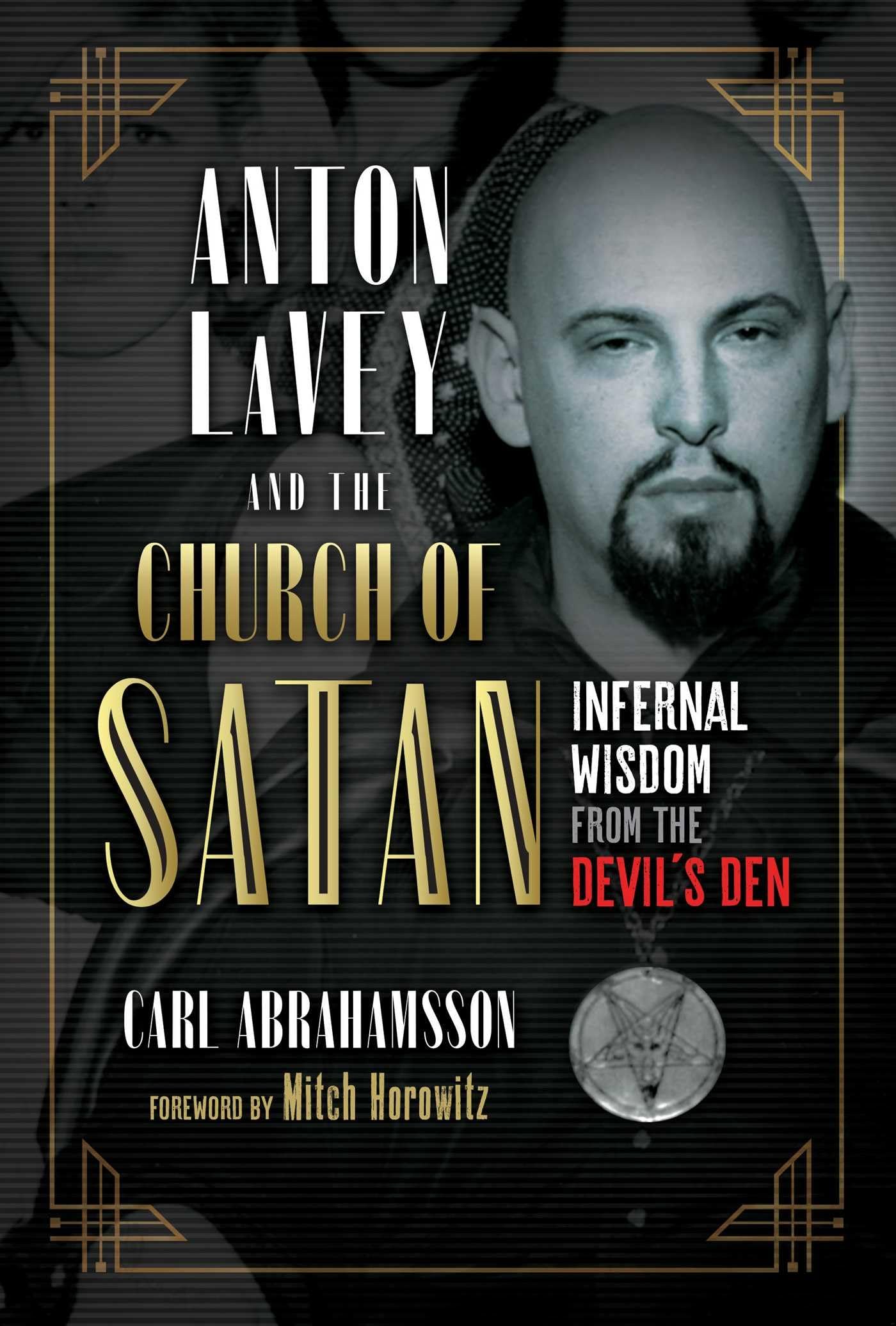In this special episode of The Cult of You, Adam Nox sits down with the renowned occultist, author, and filmmaker Carl Abrahamsson for an evocative exploration into the life, legacy, and psychological depth of Anton LaVey—founder of the Church of Satan and one of the 20th century’s most misunderstood cultural icons.
What follows is not a sensationalized peek behind the curtain of Satanism, but a deeply human and philosophical journey through rebellion, artistry, magick, and individuation. Carl offers rare, firsthand reflections from his personal experiences with LaVey in the Black House, as well as insights on creativity as a magical act, and how legacy is consciously sown into the psyche of the next generation.
“True magic begins when you no longer need the system—only the symbols remain, and even those dissolve into self-expression.”

LaVey has long been painted as either a villainous provocateur or a carnival trickster, but Carl Abrahamsson invites us into a far more nuanced perspective.
LaVey was more than a symbol—he was a practitioner of life as art. He merged ritual, music, film, and aesthetics into a living magical philosophy. From his time playing organs in burlesque clubs to his psychological essays in The Devil’s Notebook, LaVey embodied the Promethean archetype of the outsider: intelligent, creative, and radically self-possessed.
According to Abrahamsson, LaVey’s Satanism wasn’t about worshipping a demonic entity. It was a psychological and cultural tool—an assertion of sovereignty, sensuality, and the courage to think differently. He wasn’t interested in blind rebellion. He was interested in creating systems of power that liberated individuals from conformity.
Carl recounts how, as a young Swedish artist and occultist, he sent LaVey a rock record inspired by his relationship with Jayne Mansfield. To his astonishment, LaVey responded with a handwritten letter and an invitation to join the Church of Satan. That moment, Carl says, “changed my life.”
Years later, Carl made the pilgrimage to San Francisco, where he visited the infamous Black House and was welcomed into LaVey’s inner circle. There, he witnessed not a theatrical monster, but a deeply thoughtful man—a polymath of magick, cinema, and cultural critique.
Abrahamsson shares memories of LaVey reading to him, playing music late into the night, and exchanging ideas in a way that felt initiatory. These weren’t casual meetings—they were transmissions. “He sowed seeds,” Carl explains, “and many of us have spent our lives growing them.”
One of the episode’s most compelling themes is the convergence of art and magic. Carl describes film, music, and aesthetics as modern forms of ritual—vehicles for psychological transformation.
Together, Adam and Carl unpack how early 20th-century cinema, surrealism, and even trash culture all served as subconscious gateways. Anton LaVey was not only a consumer of these mediums, but also an alchemist of them—using his surroundings as what he called a “total environment” to support his magical will.
This concept challenges the typical ceremonial model of magic. Instead of depending on inherited systems, LaVey curated his own world as an active ritual field—where every object, sound, and gesture had purpose.
At the heart of LaVey’s work was a call to individuation. Rather than escaping reality, the Satanist embraces it—fully, unapologetically, and with taste. It is not chaos for its own sake, but a refined Epicureanism that treasures beauty, pleasure, intelligence, and solitude.
Abrahamsson contrasts this with many in today’s occult community, who still unconsciously replicate moralistic guilt systems in darker clothing. LaVey’s Satanism, by contrast, rejects shame and affirms self-worth. It dares to say: You are enough. Now live deliciously.
In one of the most touching moments, Carl reflects on how LaVey seemed to be deliberately curating a final generation of inheritors—people he saw as capable of carrying the spark forward. Many of those people, Carl says, later created books, films, or projects inspired by those meetings—not out of fandom, but out of obligation to the current they were initiated into.
Today, Carl sees a rising generation of creators who are more sovereign, creative, and magically mature than ever. His hope is that they will take the torch, not to repeat LaVey, but to build their own temples—psychologically, artistically, and magically.
Abrahamsson also addresses the many misconceptions about LaVey—that he was just a showman, or that he repented on his deathbed. All of that, he says, is unfounded. “LaVey died as he lived—his own man.”
He was a magician of culture, a master of symbolism, and someone who understood the deepest function of ritual: not control, but liberation.
CVLT has over two decades of experience building international brands and now we have decided to focus exclusively in this space. If you are looking to build your business then here are some of our key offerings.